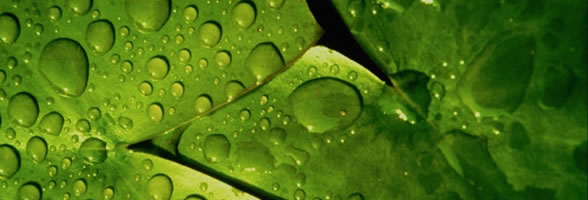
Glowworm Swarm Optimization
Luciferin decay factor
In the basic GSO algorithm, the luciferin value update contained information about the glowworm's earlier luciferin value with a temporal decay term associated with it. The idea was to retain information from earlier measurements made by the glowworm. While this works well in case of a stable time-invariant environment, odor profiles are subject to rapidly varying odor concentrations which is likely to make past information unreliable. This section studies the influence of the luciferin decay factor.
In order to introduce a decay term we defined luciferin value of a glowworm to be
where, li(t) represents the luciferin level associated with Glowworm i at time t, r is the decay factor and C(xi(t)) represents the concentration value measured at Glowworm i's location at time t. It can be seen from Figure that the introduction of decay results in a deterioration in performance. As older concentration measurements are penalized, the performance advantage introduced by the memory factor Nmem is lost. Glowworm luciferin levels are predominately due to the recent concentration measurements. This is similar to reducing the value of Nmem. A lower Nmem affects algorithm performance as observed in the previous section. Hence, we have not used a luciferin decay factor in the modified GSO algorithm.
Figure: Algorithm performance with variation in luciferin decay factor.
